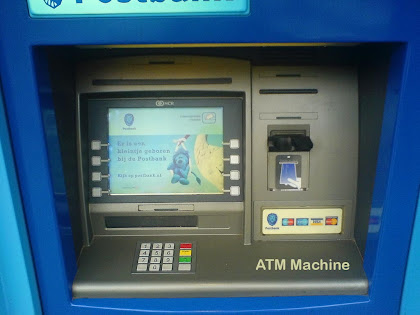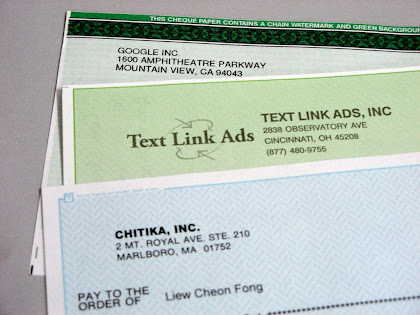1. ATM provides 24 hours service
ATMs provide service round the clock. The customer can withdraw cash upto a certain a limit during any time of the day or night.
 2. ATM gives convenience to bank's customers
2. ATM gives convenience to bank's customers
ATMs provide convenience to the customers. Now-a-days, ATMs are located at convenient places, such as at the air ports, railway stations, etc. and not necessarily at the Bank's premises. It is to be noted that ATMs are installed off-site. (away from bank premises) as well as on site (installed within bank's premises). ATMs provide mobility in banking services for withdrawal.
 3. ATM reduces the workload of bank's staff.
3. ATM reduces the workload of bank's staff.
ATMs reduce the work pressure on bank's staff and avoids queues in bank premises.
 4. ATM provide service without any error
4. ATM provide service without any error
ATMs provide service without error. The customer can obtain exact amount. There is no human error as far as ATMs are concerned.
 5. ATM is very beneficial for travellers
5. ATM is very beneficial for travellers
ATMs are of great help to travellers. They need not carry large amount of cash with them. They can withdraw cash from any city or state, across the country and even from outside the country with the help of ATM.
 6. ATM may give customers new currency notes
6. ATM may give customers new currency notes
The customer also gets brand new currency notes from ATMs. In other words, customers do not get soiled notes from ATMs.
 7. ATM provides privacy in banking transactions
7. ATM provides privacy in banking transactions
Most of all, ATMs provide privacy in banking transactions of the customer.




